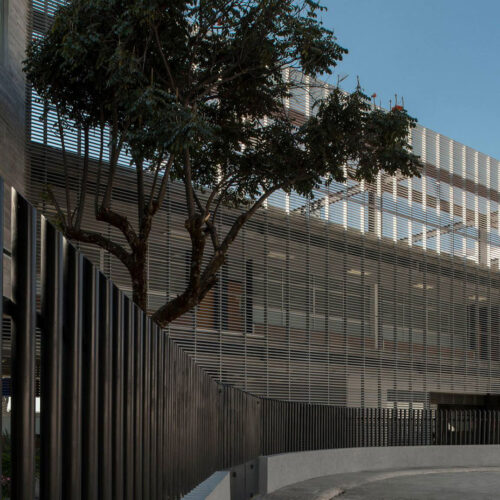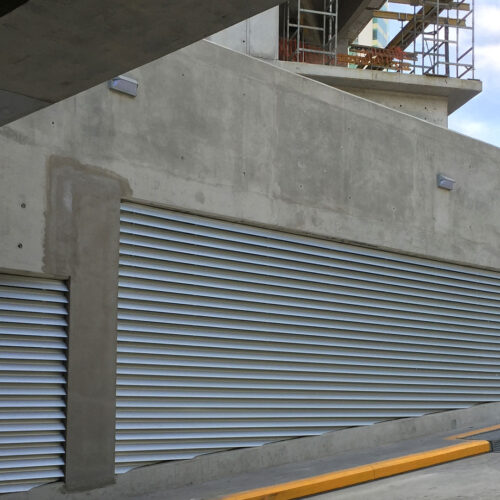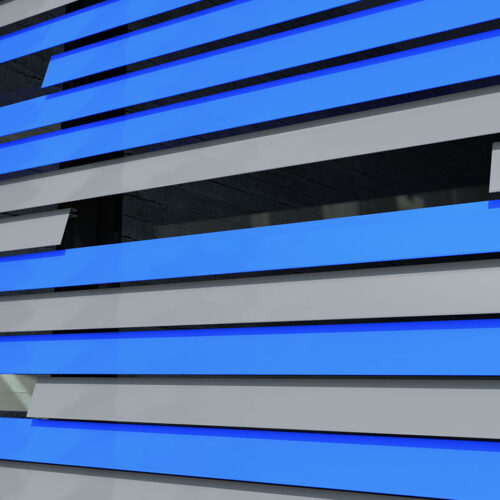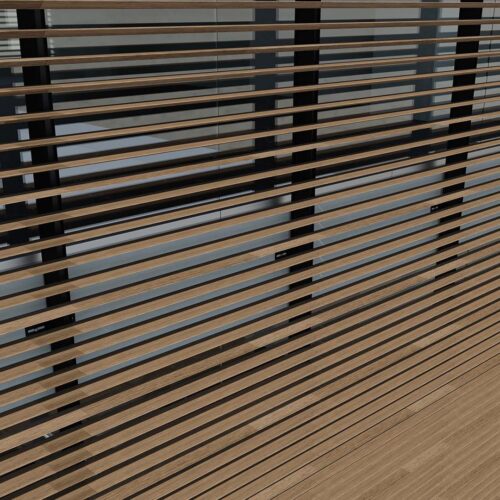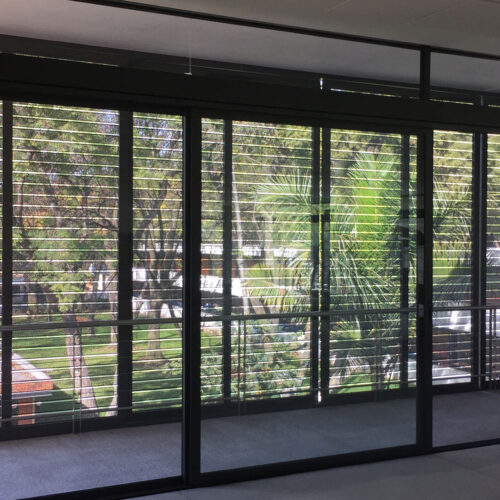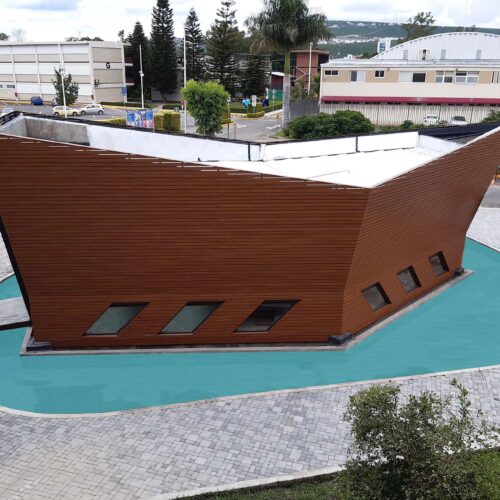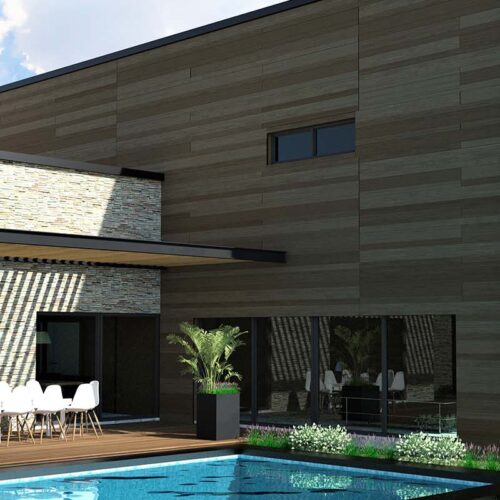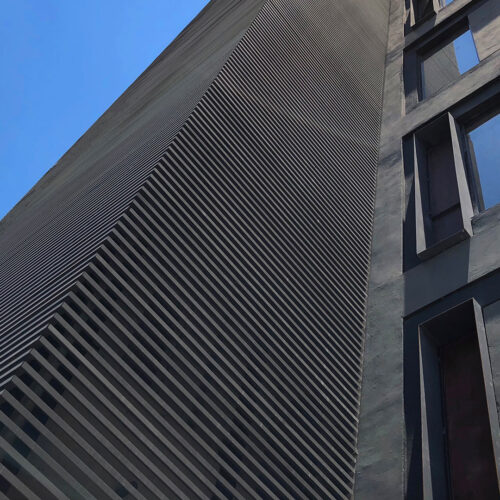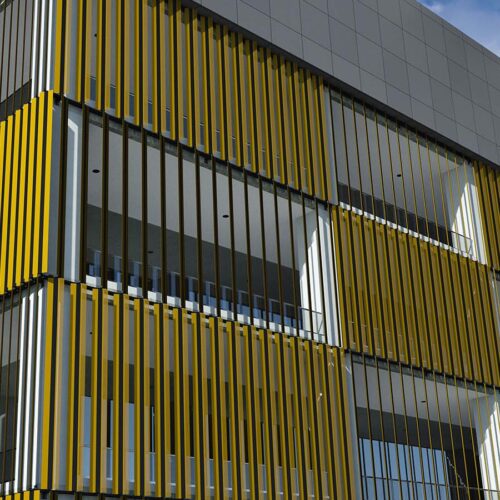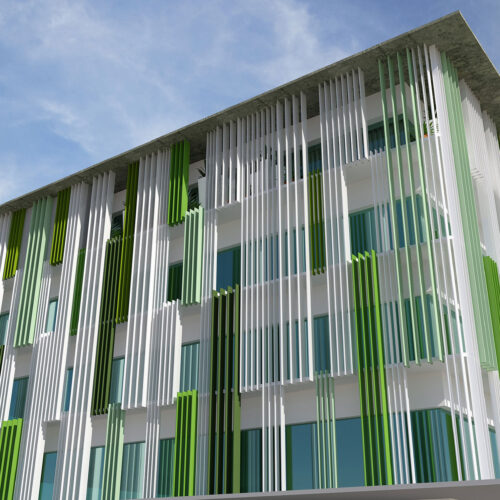When aluminum comes into contact with ambient air, its outermost layer spontaneously oxidizes to form a transparent and impermeable layer known as alumina. This alumina layer is very uniform and adherent. For this reason, despite aluminum being thermodynamically reactive, the naturally formed passive layer protects it from corrosion under normal conditions.
By subjecting aluminum to an accelerated electrochemical passivation process, it is possible to increase the thickness of the natural oxide layer on its surface, providing greater protection against mechanical wear, corrosion resistance, solar exposure, and enhanced durability. The level of protection will largely depend on the thickness of the induced oxide or alumina layer (in microns), which becomes an integral part of the aluminum component or profile.
The anodizing process essentially involves immersing aluminum parts or profiles in an electrolytic bath, typically containing sulfuric acid. The acid bath is connected to a direct current that causes the release of oxygen through the electrolytic dissociation of water, which acts as a catalyst for oxidizing the aluminum. The aluminum profile, serving as the positive pole of the electrolyte, acts as the anode within the electrical circuit, resulting in anodic oxidation, commonly referred to as “anodizing” in modern terminology.
The thickness of the alumina layer is determined by a combination of factors, including the temperature and composition of the bath, the applied current, and the anodizing time. The anodic oxide layer will open pores on the surface of the profile, making it vulnerable to corrosion. This allows for the coloring of the surface until the process is completed by sealing the pores with a surface sealant.
In the case of aluminum, the sealing operation consists primarily of hydrating the alumina by immersion, in which the anodized aluminum profile is submerged in hot water. This process leads to the formation of a hydrated oxide layer, completing the anodizing process.
There are different anodizing thicknesses depending on the applications, ranging from 10 to 20 microns (from interior and non-aggressive outdoor environments to marine and aggressive environments).
Anodizing techniques have evolved significantly over time due to market competition. As a result, we now have a range of options available, starting from an aluminum oxide layer with the natural gray color of the oxide, to subsequent colorations applied after the formation of the layer, such as gold, bronze, black, and red. The latest techniques, based on optical interference processes, can provide finishes like blue, pearl gray, and green.
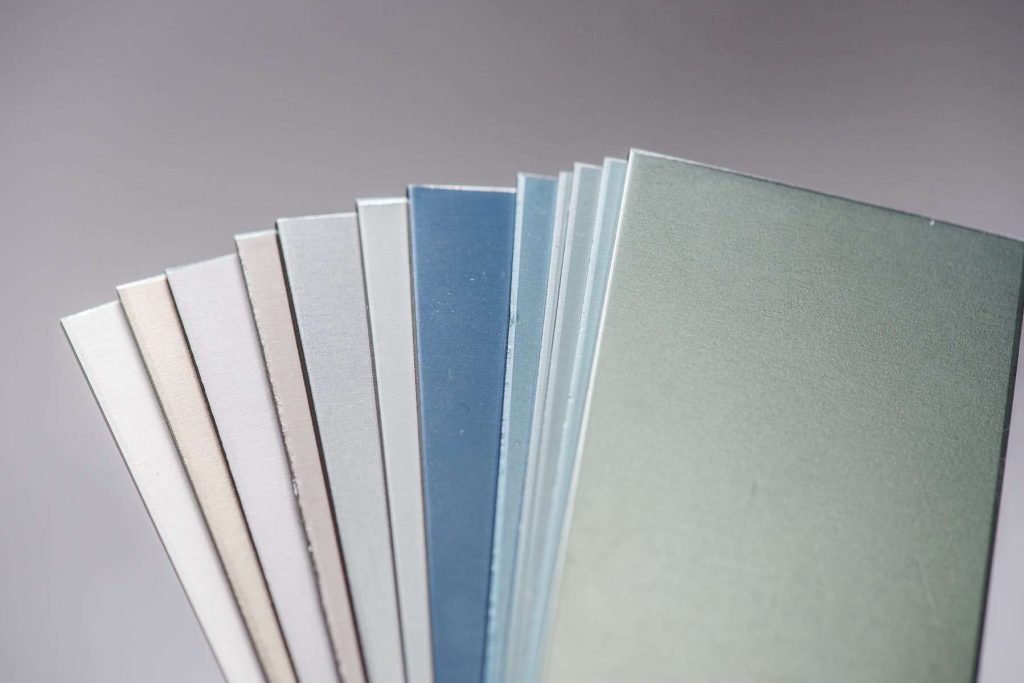
There are different methods for coloring the formed oxide layers: salt coloring and dye coloring, with salt coloring being the most common and ensuring the highest quality finish and durability.
As a recent technique, interference finishes (blue, gray, and green) are being developed based on subsequent modifications of the pore structure of the aluminum oxide formed during the anodizing stage. This microscopic modification of the pore structure is achieved by replicating specific conditions such as temperature, electrolyte concentrations, voltages, affected surface area, and alloy characteristics. The control of these variables and the reproducibility of the process conditions determine the blue, gray, or green finish.
Anodized aluminum profiles are suitable for a wide range of architectural and decorative applications that require a beautiful and durable surface. Anodized aluminum profiles minimize the need for maintenance. However, for aesthetic reasons, they should be periodically cleaned, for example, with water and neutral detergents. Strong acids or alkaline cleaners should not be used.


